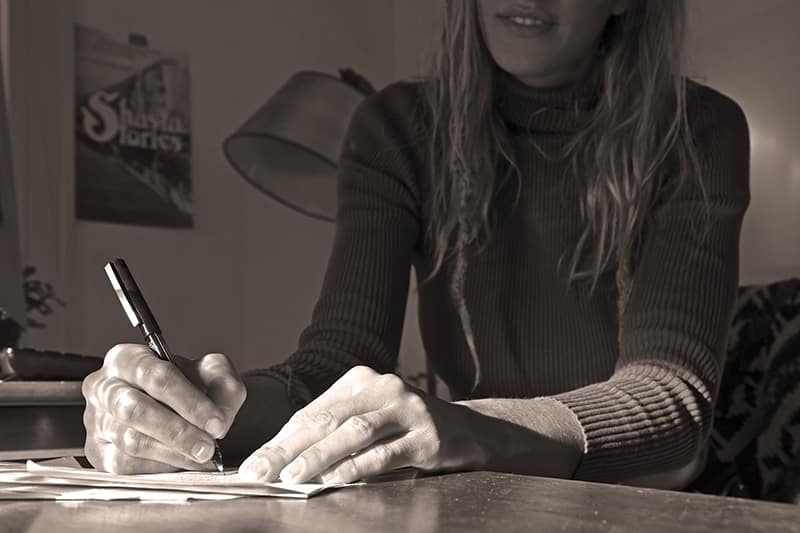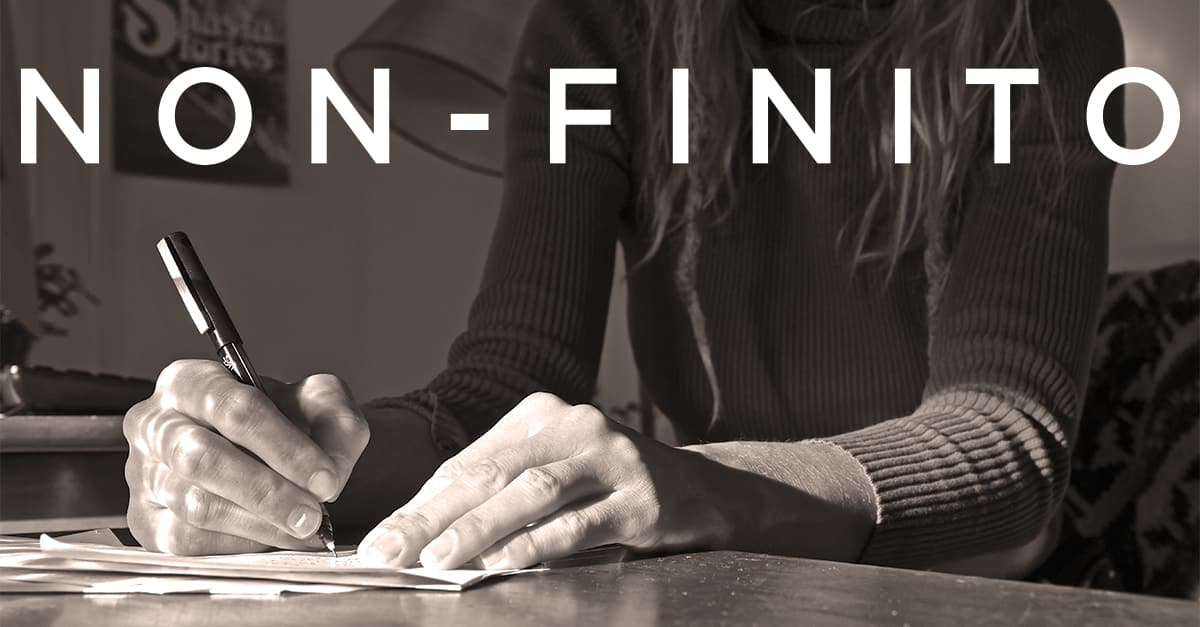Non-Finito
Mt. Shasta Shorts with Filmmaker Autie Carlisle…
When it comes to “unfinished” art, many people are prone to dismiss it as work that is simply unfinished. But over the last 200 years, the Italian term “non-finito” has been formalized to describe art deliberately left open, or “unfinished,” its very incompleteness becoming a kaleidoscope of creation that rejects finality.
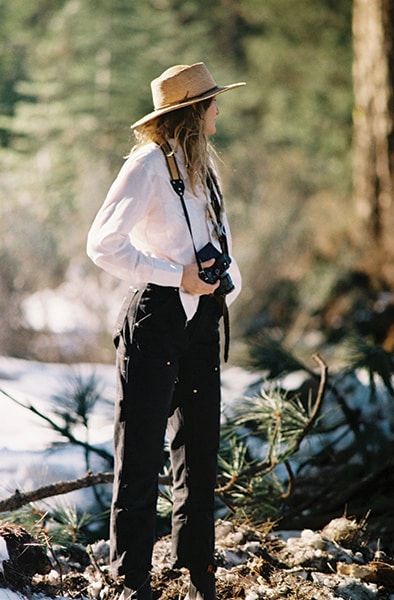
“My favorite moment in designing clothes was always right before they were finished. Like I would drape a lot of things on a mannequin instead of sketching,” explains former clothing designer cum Mt. Shasta filmmaker Autie Carlisle. “And so, you kind of make this fake version roughly, but your mind fills in that last 20 percent and you think it’s going to be great. And then it starts getting made in the real fabric by the seamstress. Who’s amazing. But the real fabric is a little different. And then when you put in that final hem, it kind of snags it in a certain way and suddenly it doesn’t fit quite the same way you imagined. But there’s no 20 percent anymore for your mind to fill in. It’s just 100 percent there, and it’s never as full of life as that prototype that came just before it. I think that’s why I always liked things best when they weren’t finished because it left room for magic.”
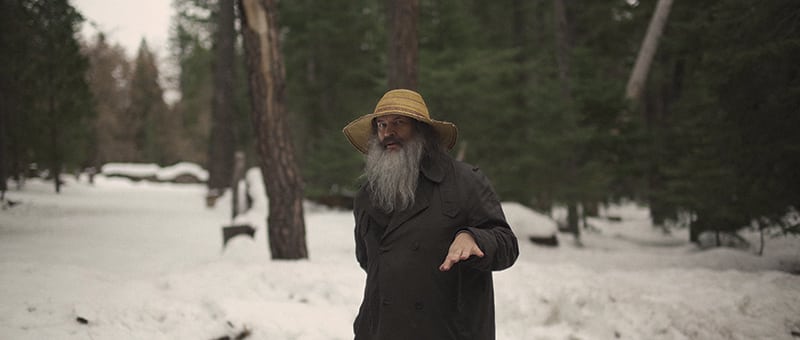
Born and raised in Mount Shasta, Carlisle recently returned home from a decade in New York after becoming a self-taught filmmaker. “I got into filmmaking like a lot of people – through the roundabout way,” muses Carlisle. “I was doing fashion design for about 10 years and I wasn’t very satisfied by the industry in general, so I started looking for other outlets. I realized that I always liked doing film instead of photography because I always wanted to see the garment moving on a person, in 3D. So how do I capture that? And so, I was always making these little fashion videos and trying to give them a story. But then it’s an ad, so you can’t always do that.”

Carlisle’s first foray into non-fashion storytelling came by way of a trip to Ireland. “I went with my cowboy friend, and I just started documenting his journey because his ancestry was Irish and he had checked it out the year before, but in the process he had stopped drinking, and going to Ireland without drinking was a big deal for him. But when I got there, I had that dilemma where people asked, oh, are you a filmmaker? And up until that point, I had always been a fashion designer. So that was kind of the moment I decided, yeah, I am learning how to be a filmmaker.”
Now back in Mount Shasta, Carlisle’s desire to tell stories has come to life in a series she calls “Mt. Shasta Stories.” The stories are a collection of short films generally ranging from 12 to 25 minutes each and billed as a “web series highlighting and celebrating the humanity, humor, magic and fortitude of the locals in Siskiyou County, Northern California.” For Carlisle, it’s a good excuse to explore her own homeland. “I thought I knew Mount Shasta pretty well, but now I’m getting to know the whole area better. You know, there are a lot of people here that never interact with each other. Before, I didn’t really have a reason to get to know them all. Now, I’m creating one.”
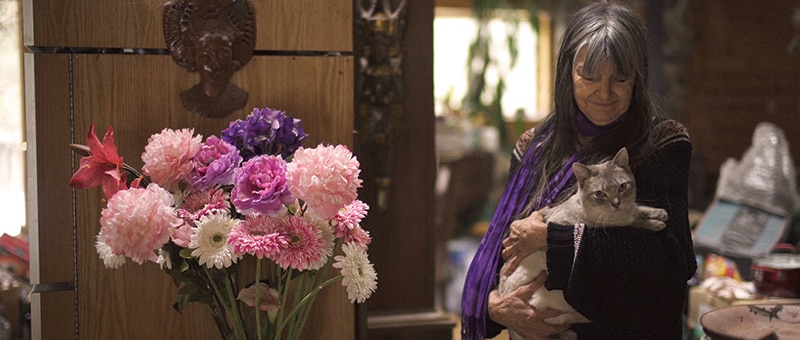
Carlisle has made more than 20 films with more on the way. Finding the right subject, however, is more complicated than it seems. “I generally start with the people I’m most curious about. Like if I want to spend a little bit of time around that person and get to know why they’re there, that’s the first thing,” she says. “But I’ve met a lot of great people who have amazing stories, but they can’t tell it themselves. And I’ve also met people who don’t want to tell it. So, it’s a trickier thing to find someone who’s not only willing to share their story and have me follow them but who can also be captivating on camera.”
And, just like draping fabric, discovering a person’s story comes through 80 percent design and 20 percent magic, with Carlisle relishing some imperfection. “I love seeing the hand of someone. If something is too slick, then you don’t even feel like a human made it, but I like it when you can see something that you can relate to,” she says. “Even in New York, I was never polished. I was always just enjoying whatever weird outfit I liked at the time. And back here I’ve found a place that fits much better with my values, where I can celebrate imperfection and humanity now more than ever.” For Carlisle, that meeting between artistic endeavor and discovery is where the “non-finito” becomes “infinito.”•
www.autiecarlisle.com
